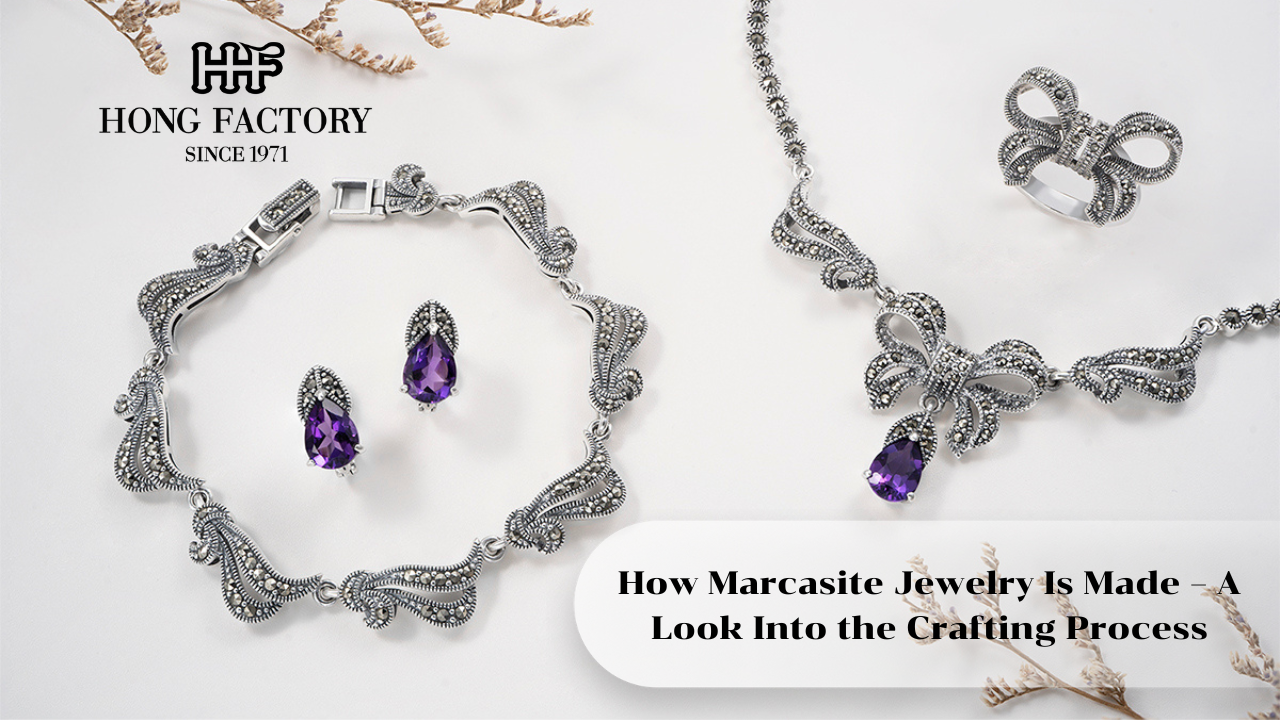Gemstones have fascinated people for centuries with their captivating colors, brilliance, and rarity. Among the many factors that determine their beauty and value, clarity plays a significant role. Clarity refers to the internal and external characteristics of a gemstone, such as inclusions and blemishes, which influence its appearance, durability, and worth. In this article, we’ll explore why gemstone clarity matters, the grading system used to assess clarity, and how clarity impacts the value of every gem you consider purchasing.
What Is Gemstone Clarity?
Gemstone clarity is a measure of the purity and transparency of a gem. It evaluates the presence of inclusions (internal characteristics) and blemishes (external characteristics). These imperfections can affect how light interacts with the gemstone, impacting its brilliance and overall aesthetic.
However, inclusions and blemishes are not always flaws. In some cases, they add uniqueness and character to a gem. The key is to understand how these clarity features affect the gem’s beauty, durability, and value.
The Components of Clarity – Inclusions and Blemishes
- Inclusions : Inclusions refer to natural imperfections found inside a gemstone. These can include tiny cracks, trapped minerals, gas bubbles, or growth lines that formed during the gem’s creation deep within the Earth. Some inclusions are so minute that they’re only visible under magnification, while others may be visible to the naked eye.
- Blemishes : Blemishes, on the other hand, are surface imperfections that occur on the exterior of a gem. These can include scratches, nicks, or polishing marks. While blemishes are generally less significant than inclusions, they can still impact a gemstone’s appearance and durability.
Why Is Gemstone Clarity Important?
Clarity matters in gemstones because it directly affects their visual appeal, brilliance, and, ultimately, their market value. Let’s dive deeper into why understanding clarity is crucial, especially for buyers and enthusiasts :
1. Impact on Appearance and Brilliance
The brilliance of a gemstone depends on its ability to interact with light. Internal inclusions and surface blemishes can interfere with how light enters and exits the stone, potentially reducing its sparkle and brilliance.
Gems with fewer inclusions are often more dazzling and visually appealing since there’s less obstruction to light movement. Clear gemstones allow light to bounce within the gem, creating that mesmerizing play of light that gem lovers adore.
2. Durability and Longevity
Certain inclusions, such as cracks or fractures, can weaken a gemstone’s structure, making it more prone to damage over time. A gem with significant clarity issues may not withstand daily wear, especially in rings or other jewelry pieces exposed to frequent contact or impact.
When selecting a gemstone for a piece of jewelry, it’s essential to consider its clarity and ensure the gem is durable enough for its intended use.
3. Influence on Value
Clarity has a substantial impact on a gemstone’s value. Gems with higher clarity (fewer inclusions and blemishes) are rare and more desirable, driving up their price. Conversely, gemstones with significant inclusions or visible imperfections are often less expensive but may still hold appeal depending on their overall quality and uniqueness.
For buyers looking for an investment-grade gemstone, clarity is a critical factor to evaluate alongside other aspects like color, carat weight, and cut.
Clarity Grades – How Gemstones Are Evaluated
Gemstone clarity is assessed using a clarity grading system that categorizes stones based on the visibility, size, number, and location of inclusions or blemishes. Several organizations, such as the Gemological Institute of America (GIA), provide standardized clarity grades for gemstones. While the grading criteria may vary for different types of gems, the following general classifications are common:
- Flawless (FL) : A flawless gemstone is completely free of inclusions and blemishes, even under magnification. These gems are extremely rare and command the highest prices in the market.
- Internally Flawless (IF) : Internally flawless gemstones have no inclusions but may have very slight blemishes visible only under magnification. These gems are also highly valued for their exceptional purity and brilliance.
- Very, Very Slightly Included (VVS) : VVS gems have inclusions that are extremely difficult to see, even under 10x magnification. These inclusions are insignificant and do not affect the gem’s appearance to the naked eye.
- Very Slightly Included (VS) : VS clarity gemstones have minor inclusions that are slightly more noticeable under magnification but are still not visible to the naked eye. These inclusions typically have minimal impact on the gem’s overall beauty.
- Slightly Included (SI) : SI gems contain inclusions that are more noticeable under magnification and may be visible to the naked eye in some cases. Although these gems are less expensive, they remain popular for their balance of beauty and affordability.
- Included (I or P – Included or Piqué) : Included gemstones have inclusions that are easily visible to the naked eye. These inclusions often affect the gem’s transparency, brilliance, and durability.
Different gemstones are held to varying clarity standards. For example, diamonds are often graded more strictly, while colored stones like emeralds are well known for their inclusions, which are considered part of their charm.
How Inclusions Can Affect Value
- Type of Inclusion : Not all inclusions are created equal. Certain types of inclusions, such as fractures or large cavities, may significantly detract from a gemstone’s value. On the other hand, some inclusions, like rutile needles in star sapphires, can actually enhance a gem’s aesthetic and rarity.
- Position of Inclusion : The location of an inclusion also plays a role in determining value. Inclusions near the center of a gem can obstruct light and reduce brilliance, while those closer to the edges may be less impactful. In jewelry settings, inclusions along the edges can often be hidden by prongs or bezels.
- Size and Visibility : Large or highly visible inclusions have a more pronounced effect on the gemstone’s appearance, thereby lowering its value. Conversely, tiny inclusions that require magnification to detect may be easily overlooked by buyers.
Balancing Clarity With Other Factors
While clarity is a vital factor in assessing a gemstone’s quality, it’s important to consider it in conjunction with other characteristics such as color, carat weight, and cut. For example :
- In colored gemstones, color is often considered the most important factor, with clarity taking a secondary role. For instance, richly colored emeralds with minor inclusions may be more valuable than lighter emeralds with flawless clarity.
- In diamonds, clarity has a more prominent role, especially for high-end buyers seeking stones with exceptional sparkle.
Smart buyers know how to balance their preferences and budget by prioritizing clarity where it matters most and considering other factors to maximize overall value.
Practical Tips for Choosing Gemstones Based on Clarity
When purchasing a gemstone, follow these tips to ensure you select the best clarity for your needs and preferences :
- Set Your Priorities : Decide whether clarity or color is more important to you. For example, if you’re buying a diamond engagement ring, clarity may be a higher priority, but for a ruby, focus on color richness.
- Inspect the Gemstone : Always examine the gemstone under proper lighting conditions or magnification. This will help you identify inclusions or blemishes that might not be visible otherwise.
- Consider the Setting : If the gemstone will be used in jewelry, think about how the setting might hide or emphasize inclusions. For instance, prong settings can mask imperfections near the gem’s edges.
- Work With a Reputable Dealer : Purchase your gemstones from reputable dealers or jewelers who provide authenticated clarity grades from respected grading organizations like GIA or AGS.
- Find a Good Balance Between Clarity and Budget : While flawless gemstones are stunning, they can be expensive. Depending on your budget, choosing a gem with slight inclusions that don’t affect its appearance significantly can be a cost-effective and beautiful option.
Final Thoughts
Understanding gemstone clarity is key to appreciating the purity, beauty, and value of every gem. While inclusions and blemishes are natural occurrences in gemstones, the level of clarity determines how they affect a gem’s visual appeal, durability, and price. By learning about clarity grades and how inclusions impact value, you’ll be better equipped to make informed and confident purchasing decisions.
Whether you’re investing in a flawless diamond or a richly colored emerald with charming inclusions, clarity is just one piece of the puzzle in finding the perfect gem for your collection or jewelry piece. Always aim to strike the right balance between clarity, color, and other factors to ensure you walk away with a gemstone that you’ll treasure for a lifetime.











